Motion sensors, those electronic marvels adept at detecting movement, have become indispensable in our tech-driven world. These devices find applications in an array of fields such as security systems, home automation, healthcare, and mobility solutions. This comprehensive guide aims to shed light on the intricacies of motion sensors—how they operate, their merits and demerits, and the exciting future trends that await.
Unveiling the Mechanics: How Motion Sensors Operate
Motion sensors function by discerning alterations in the environment, be it shifts in temperature, vibrations, or radiation. Once a sensor detects motion, it promptly dispatches a signal to a control panel, establishing a connection with a monitoring center. This dual-alert system ensures that both homeowners and monitoring centers are promptly notified of potential threats within the premises.
Diverse Technologies at Play
- Passive Infrared Sensor (PIR): These sensors rely on detecting changes in infrared radiation within their field of view.
- Ultrasonic Sensor: Emitting high-frequency sound waves, ultrasonic sensors bounce signals off objects to detect movement.
- Microwave Sensor: Operating with undetectable waves, microwave sensors catch reflections off moving objects.
- Tomographic Sensor: Comprising multiple interconnected nodes forming a mesh network, these sensors offer a sophisticated detection mechanism.
- Combined Types: Integrating two or more technologies, such as PIR and microwave, these detectors aim to minimize false alarms.
Weighing the Pros and Cons
Advantages:
- Adaptability in Harsh Environments: Motion sensors thrive in challenging conditions with irregular heat cycles.
- Impressive Lifespan: Boasting a longevity of approximately 100,000 hours, these devices ensure prolonged functionality.
- Reliable Detection in Varied Conditions: Motion sensors operate seamlessly in both well-lit and dim environments indoors.
- Enhanced Security: By detecting suspicious movements, these sensors contribute significantly to fortifying security.
- Ease of Installation: The user-friendly installation process makes motion sensors accessible to a broad spectrum of users.
Disadvantages:
- Human Safety Concerns: High-power radio frequency can pose health risks to humans.
- Metal Obstruction: Microwave frequencies struggle to penetrate metal objects.
- Unpredictable Lighting: Motion sensor lights might exhibit unpredictability, leading to inconsistent performance.
Gazing into the Future: Emerging Trends in Motion Sensors
The trajectory of motion sensors points toward a promising future, fueled by technological advancements and the surging demand for smart homes and IoT devices. Some key trends on the horizon include:
- AI and Machine Learning Integration: Enhancing accuracy and minimizing false alarms through the marriage of motion sensors with artificial intelligence and machine learning.
- 5G Technology Adoption: Elevating connectivity and enabling real-time monitoring by leveraging the power of 5G technology.
- Emotion and Gesture Detection: Pioneering sensors capable of identifying emotions and gestures, expanding the scope of applications.
- Automotive Integration: Employing motion sensors in autonomous vehicles for enhanced safety and navigation capabilities.
- Synergy with Smart Home Devices: Integration with other smart home devices like locks and thermostats, amplifying automation and convenience.
Unraveling the Nuances: Passive vs. Active Sensors
Delving deeper into the realm of motion sensors, it’s essential to distinguish between passive and active sensors. Passive sensors, exemplified by PIR motion sensors, refrain from emitting any form of pulse or energy. Instead, they keenly monitor an area for alterations in heat and vibrations, providing a subtle yet effective surveillance mechanism. On the flip side, active sensors maintain a constant emission of light or energy, perpetually seeking changes in how the reflected light travels back to the sensor.
Different types of motion sensors may operate on these principles, but their collective purpose remains consistent—detecting alterations in the environment, whether it’s a subtle temperature shift, a slight vibration, or a change in radiation. Once triggered, the sensor swiftly communicates with a control panel, initiating a connection to a monitoring center, ensuring a swift response to potential threats in the designated area.
The Landscape of Motion Sensor Technology
The landscape of motion sensor technology is dynamic, with continuous innovations propelling the field forward. Passive Infrared Sensors (PIR) rely on the detection of infrared radiation changes, while Ultrasonic Sensors deploy high-frequency sound waves, bouncing signals off objects to capture movement nuances. Microwave Sensors, on the other hand, emit undetectable waves, utilizing reflections to identify moving objects. Tomographic Sensors stand out with a mesh network formed by interconnected nodes, providing a sophisticated approach to motion detection.
Combined technology detectors represent the pinnacle of innovation, fusing multiple technologies like PIR and microwave. The objective is clear: minimize false alarms while maximizing the accuracy of motion detection. These technological nuances underline the adaptability of motion sensors to various scenarios, from residential security to industrial applications.
Navigating Advancements and Challenges
As we steer into the future, the trajectory of motion sensors is marked by both advancements and challenges. Integration with artificial intelligence (AI) and machine learning stands out as a significant leap forward. This amalgamation aims to elevate the precision of motion sensors, reducing false alarms by enabling systems to discern between routine movements and potential threats intelligently.
The adoption of 5G technology holds the promise of enhanced connectivity and real-time monitoring capabilities. The speed and efficiency of 5G open avenues for seamless communication between motion sensors and monitoring centers, amplifying the overall effectiveness of security systems.
However, challenges persist, especially concerning human safety. The radio frequency emitted by high-power sensors raises concerns, necessitating a delicate balance between technological progress and ensuring the well-being of users. Addressing these concerns becomes paramount as we continue to integrate motion sensors into various facets of our daily lives.
Pioneering the Future: Emotion and Gesture Detection
The future of motion sensors extends beyond mere motion detection, venturing into the realm of human emotions and gestures. Imagine a sensor that not only identifies movement but decodes the subtle nuances of human expression and gesture. This leap opens doors to applications in healthcare, where motion sensors could contribute to patient care by monitoring emotional states or assistive technologies for individuals with limited mobility.
Automotive Integration and Smart Home Synergy
Motion sensors are not confined to static environments; they are making inroads into dynamic spaces like autonomous vehicles. The integration of motion sensors in vehicles goes beyond security, enhancing safety and navigation. The ability to detect and respond to surrounding movements becomes paramount in the pursuit of safer, more efficient autonomous transportation.
Moreover, the synergy with other smart home devices adds another layer of convenience and automation. Imagine motion sensors communicating seamlessly with smart locks, thermostats, and other connected devices, creating a synchronized and intelligent living space that responds to your presence and preferences.
A Closing Note
Motion sensors, initially hailed for their role in security systems, have evolved into integral components across diverse domains. Understanding their functioning, advantages, and drawbacks equips users to make informed decisions when selecting motion sensors for homes or businesses. As the demand for smart homes and IoT devices continues to surge, the future of motion sensors appears bright, marked by technological strides and seamless integration with other smart home devices. The realm of motion sensors encompasses an array of types, each with its own unique strengths—Passive Infrared Sensor (PIR), Ultrasonic Sensor, Microwave Sensor, Tomographic Sensor, and Combined types—all contributing to a safer, more connected future.
Thus, motion sensors are not just technological artifacts; they are the architects of a safer, smarter, and more connected future. The journey from detecting simple motion to understanding human emotions and gestures marks a profound evolution. As we embrace these advancements, it becomes imperative to navigate the challenges with a keen eye on ensuring the safety and well-being of those who interact with this technology.
Whether it’s the subtle shift in temperature detected by a PIR sensor or the high-frequency sound waves of an Ultrasonic Sensor, each motion sensor type plays a role in shaping the landscape of security, automation, and mobility. The future beckons with exciting possibilities, and motion sensors are at the forefront, ready to redefine how we interact with our surroundings.



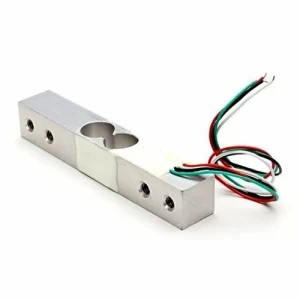






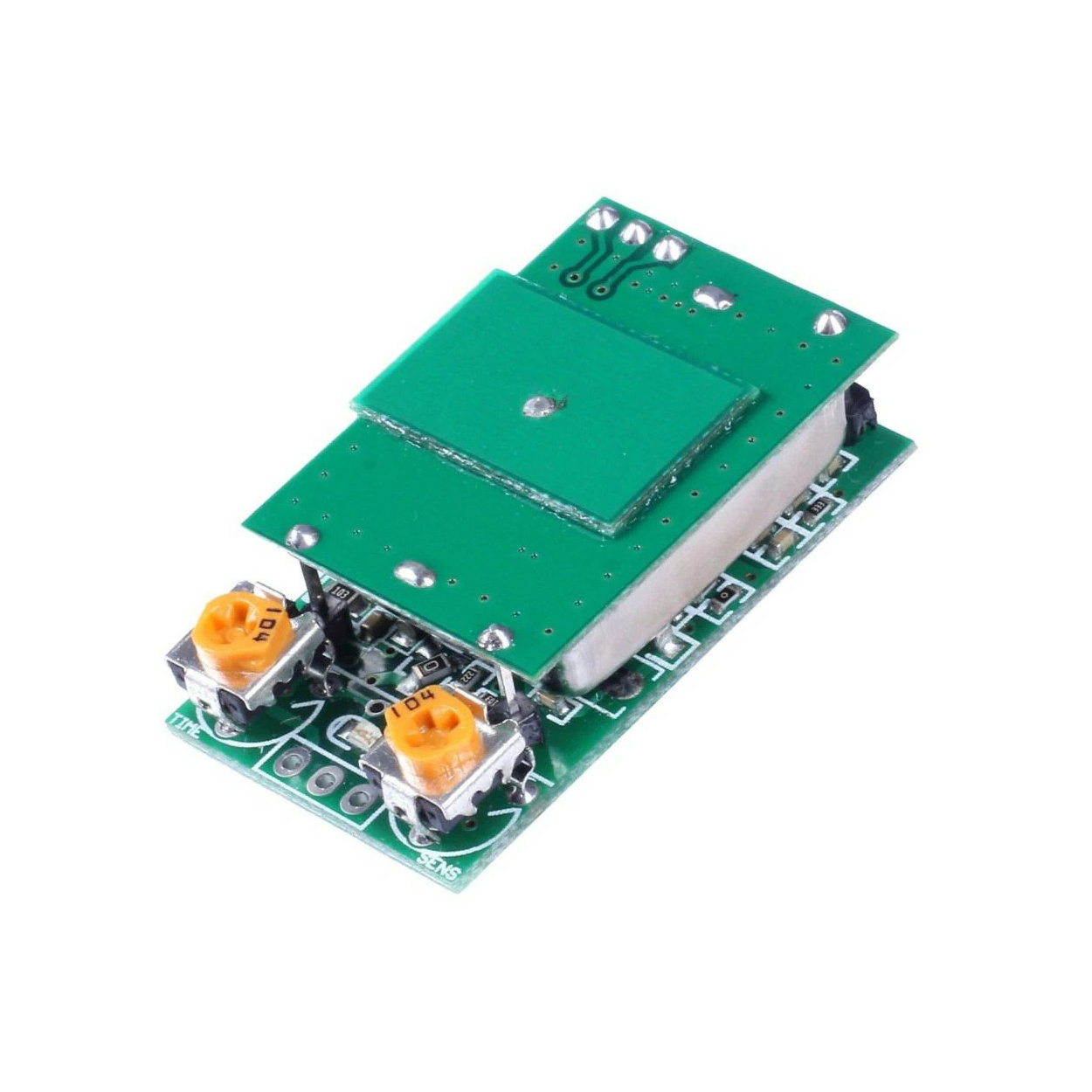



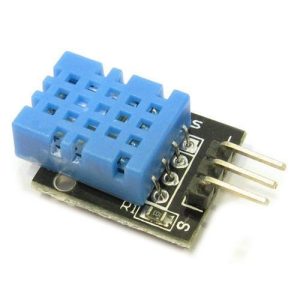
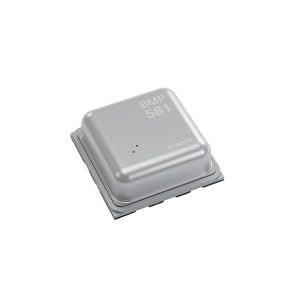

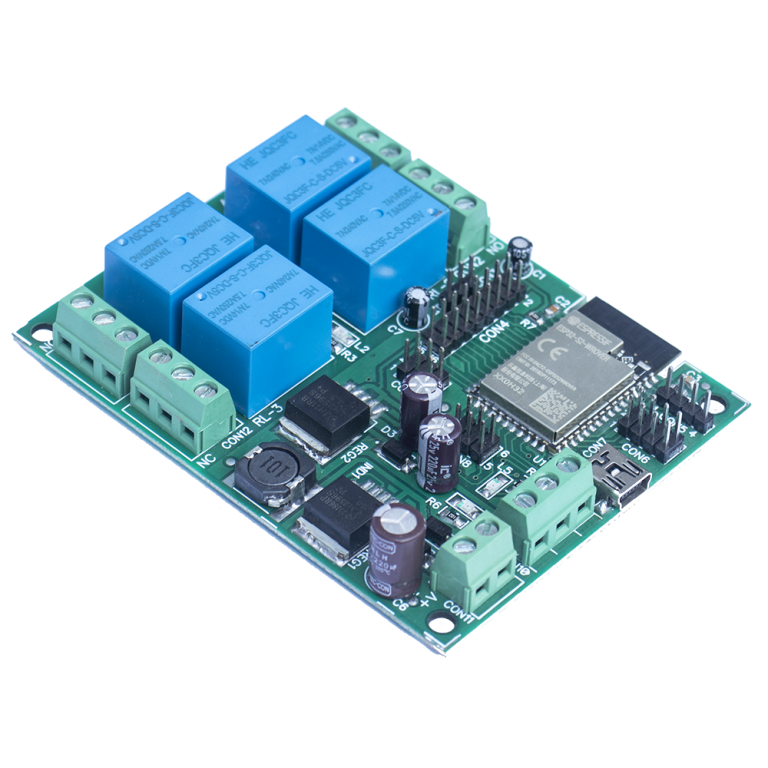



+ There are no comments
Add yours